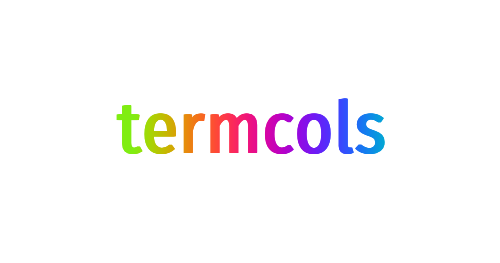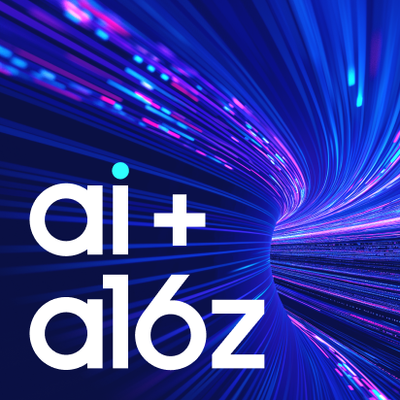
Product
Introducing Scala and Kotlin Support in Socket
Socket now supports Scala and Kotlin, bringing AI-powered threat detection to JVM projects with easy manifest generation and fast, accurate scans.
github.com/mdm-code/termcols

The termcols package implements ANSI color codes that can be used to color
text on the terminal. Different styles and foreground/background colors can be
chained together through an intuitive package API to arrive at some cool visual
effects.
The selection of style and color control sequences implemented by the package was largely based on an exhaustive list of Select Graphic Rendition (SGR) control sequences available at Wikipedia ANSI. It is a great resource in case one or more elements appear not to be supported in a given terminal.
The Escape sequence for termcols is set to \033, which means that it should
work without any issues with Bash, Zsh or Dash. Other shells might not support
it.
The same applies to 8-bit and 24-bit colors: there is no guarantee that these escape sequences are supported will be rendered properly on some terminals. Results may vary, so it is good practice to test it first for compatibility.
Consult the package documentation
or see Usage section below to check how to use the public API of the
termcols package.
Use the following command to add the package to an existing project.
go get github.com/mdm-code/termcols
Install the package to use the command-line tcols command to colorize
text on the terminal.
go install github.com/mdm-code/termcols@latest
Here is an example of how to use the public API of the termcols package.
package main
import (
"fmt"
"github.com/mdm-code/termcols"
)
func main() {
s := termcols.Colorize(
"Colorized text!",
termcols.RedFg,
termcols.Underline,
termcols.Rgb24(termcols.BG, 120, 255, 54),
)
fmt.Println(s)
}
Aside from using the termcols package API that can be used in your Go
project, can use the tcols terminal command:
tcols --style 'redfg underline rgb24=bg:120:255:54' < <(echo -n 'Hello, world!')
Type tcols -h to get a list of styles and colors to (1) see what is implemented
and (2) what is supported by your terminal.
Alternatively, tcols can be run from inside of the Docker container:
docker run -i ghcr.io/mdm-code/tcols:latest tcols -s 'redfg bluebg' < <(echo -n 'Hello, world!')
Consult Makefile to see how to format, examine code with go vet,
run unit test, run code linter with golint get test coverage and check if the
package builds all right.
Remember to install golint before you try to run tests and test the build:
go install golang.org/x/lint/golint@latest
In order to run the benchmark test on unsafe pointers in the tercmols package, fire up the following command:
go test -bench=.
This will give you ns/op value for the setup it's been benchmarked on.
Copyright (c) 2024 Michał Adamczyk.
This project is licensed under the MIT license. See LICENSE for more details.
FAQs
Unknown package
Did you know?

Socket for GitHub automatically highlights issues in each pull request and monitors the health of all your open source dependencies. Discover the contents of your packages and block harmful activity before you install or update your dependencies.

Product
Socket now supports Scala and Kotlin, bringing AI-powered threat detection to JVM projects with easy manifest generation and fast, accurate scans.

Application Security
/Security News
Socket CEO Feross Aboukhadijeh and a16z partner Joel de la Garza discuss vibe coding, AI-driven software development, and how the rise of LLMs, despite their risks, still points toward a more secure and innovative future.

Research
/Security News
Threat actors hijacked Toptal’s GitHub org, publishing npm packages with malicious payloads that steal tokens and attempt to wipe victim systems.